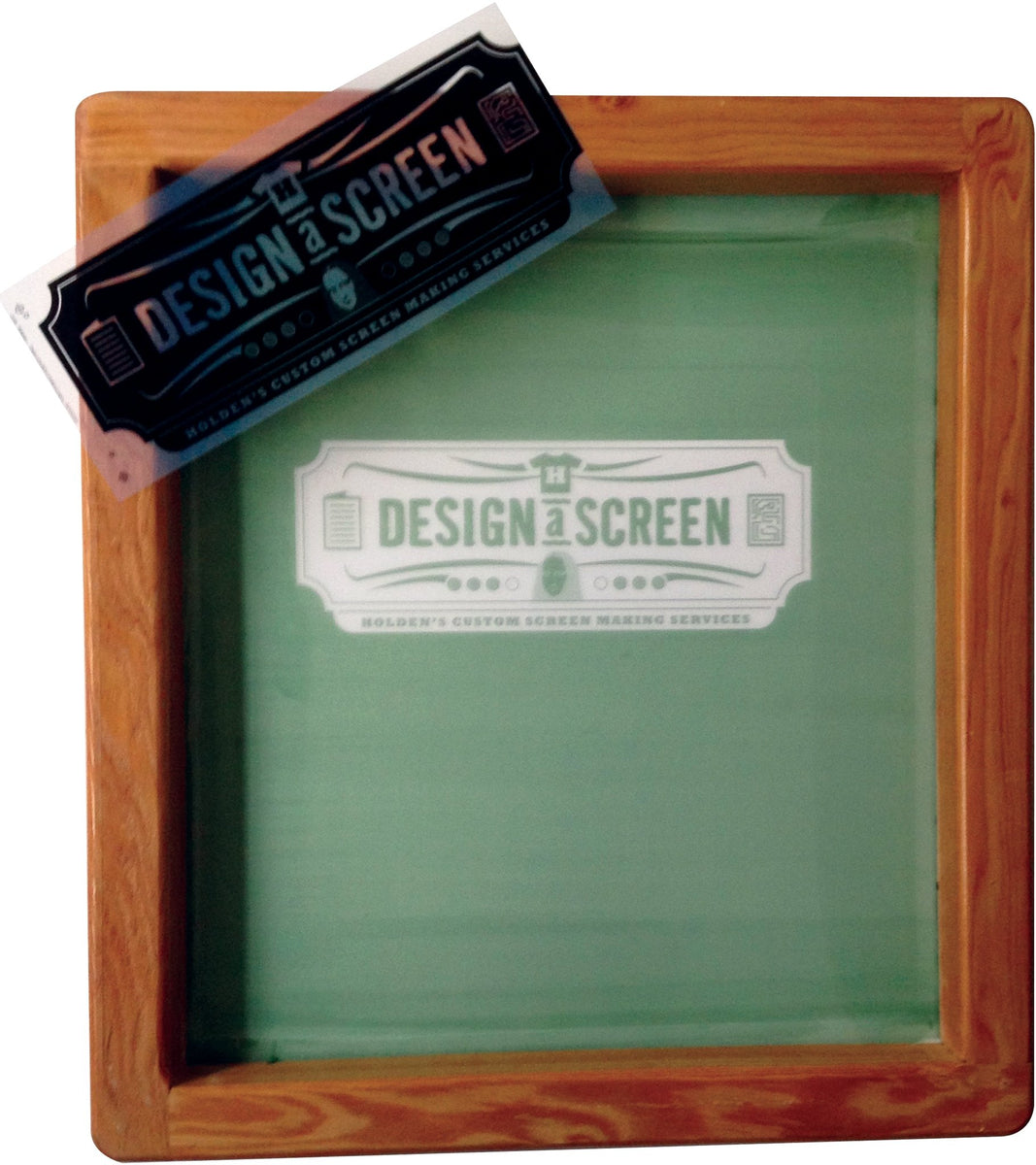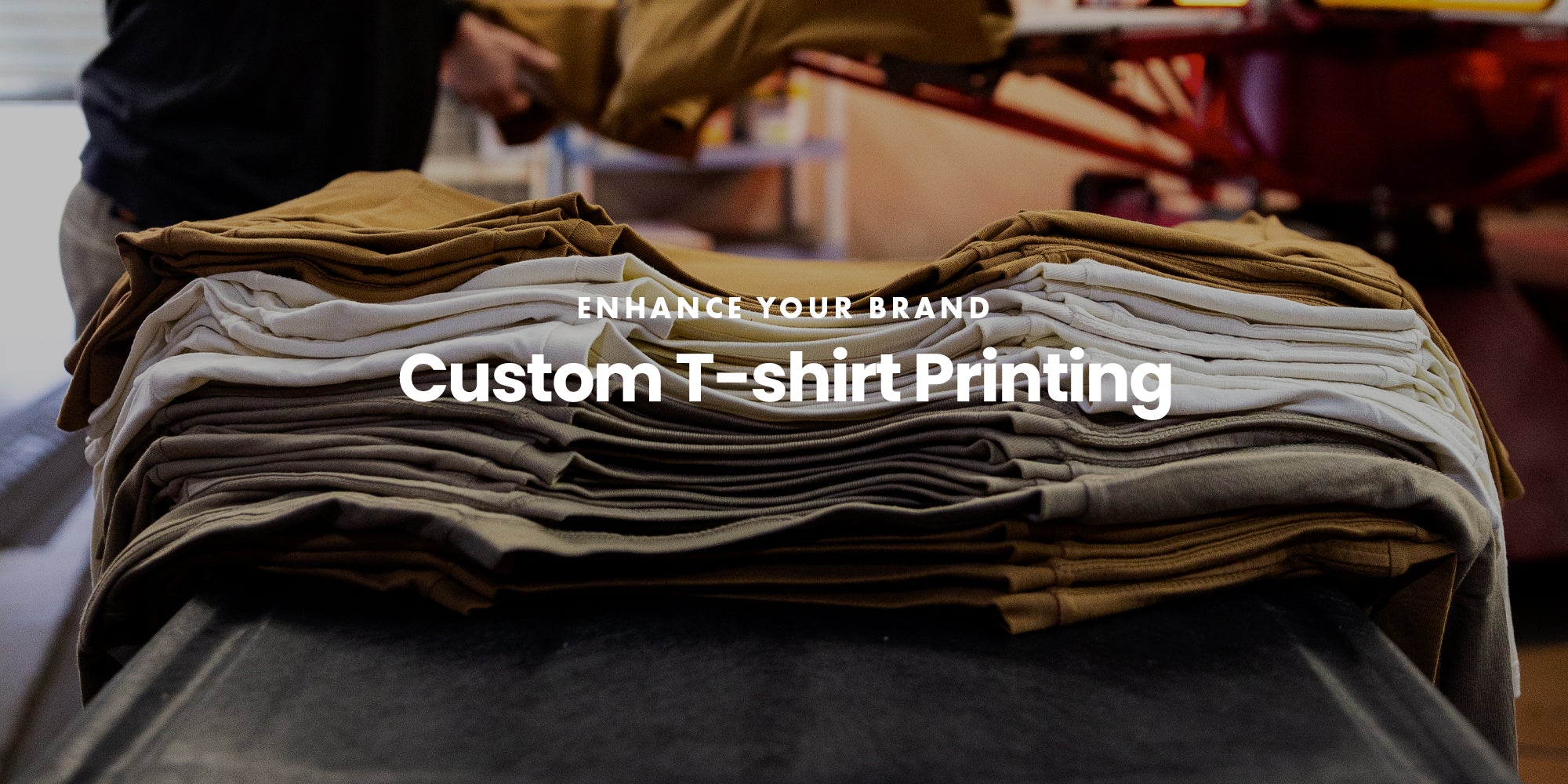High-End Silk Screen Printing for Premium Garments
Wiki Article
Display Printing Uncovered: Whatever You Required to Learn About T-Shirt and Garment Printing Methods
If you have actually ever before wondered just how those lively styles end up on your preferred tees, you remain in the ideal location. Screen printing is a remarkable approach that incorporates art with method, supplying limitless opportunities for creative thinking. Recognizing the basics, from equipment to ink options, can greatly affect your outcomes. All set to explore the crucial components that make display publishing an art form? Let's discover the details that can raise your tasks.
The Basics of Display Printing: How It Functions
When you plunge right into screen printing, you'll find it's both an art and a scientific research. At its core, display printing entails creating a pattern, or screen, that enables ink to pass with only in specific locations.Setting the display over the fabric, after that make use of a squeegee to push ink via the display onto the garment. Each action is vital, and mastering them will elevate your display printing abilities, transforming simple garments into one-of-a-kind, expressive items.
Kinds of Screen Printing Techniques
Once you realize the basics of display printing, it's time to explore the various techniques that can boost your designs. One preferred method is conventional display printing, where ink is pressed with a stenciled display. This strategy is excellent for bold, dynamic shades. There's water-based ink printing, which uses a softer feel and is green, however it calls for a different strategy to curing.One more alternative is plastisol printing, known for its toughness and vibrant colors, making it a favored for lots of brand names. Experiment with halftone printing to create gradient effects and detailed layouts.
Important Tools for Screen Printing
To accomplish stunning lead to display printing, having the best tools is fundamental. You'll need a durable display printing structure, which holds the mesh that transfers your design onto the garment. Next, buy high-grade squeegees; these are necessary for using ink equally throughout the display. You'll also need an excellent exposure unit to produce your displays, as well as a washout booth for cleaning them after use. A reputable warmth resource, like a conveyor clothes dryer or heat press, is important for healing your prints to guarantee longevity. Don't forget a proper work area, outfitted with tables and storage space for your materials. Safety equipment, such as masks and handwear covers, will certainly keep you safe from chemicals and inks. With the right tools, you'll be well on your method to generating professional-quality prints.Choosing the Right Inks and Materials
When choosing inks and products for screen printing, you require to think about the kind of ink that works best for your job. Think of fabric compatibility to assure your designs look last and great lengthy. Check out green ink choices to make your printing process extra sustainable.Kinds of Screen Inks
Choosing the right display ink is necessary for achieving dynamic, sturdy prints that satisfy your task's needs. There are a number of types of screen inks to check out. Specialty inks, such as glow-in-the-dark or metallic, can add unique impacts to your styles.
Textile Compatibility Factors To Consider
Recognizing material compatibility is essential for achieving high-quality screen prints, specifically given that different materials respond distinctly to different inks. When choosing inks, think about the material type-- cotton, polyester, or blends. For cotton, water-based inks function well, using softness and breathability. Polyester, on the other hand, typically requires plastisol inks for far better bond and dynamic shades. If you're printing on blends, you could require to use a mix of both kinds. Always examine your inks on example textile to guarantee they adhere effectively and preserve shade stability. Additionally, bear in mind that textile weight and texture can influence the final outcome, so selecting the right ink and product combo is crucial for your project's success.Eco-Friendly Ink Options
Eco-friendly inks are becoming a preferred selection for screen printers that desire to decrease their ecological effect while preserving top quality. When selecting inks, think about water-based inks, which are much less hazardous and much easier to clean up contrasted to typical solvents. These inks bond well with fabrics, delivering vivid results without hazardous chemicals. You could additionally discover eco-solvent inks that use fewer unpredictable organic compounds (VOCs), making them a safer option for both your wellness and the earth.In addition, try to find inks made from eco-friendly resources, such as soy or vegetable-based alternatives. By picking the ideal inks and products, you'll not just develop sensational designs yet also add to a much more lasting printing process. Make the switch, and your prints will certainly reflect your commitment to the setting!
Preparing Your Layout for Screen Printing

Submit Layout Requirements
To assure your layout looks sharp and vivid on material, you'll need to pay close interest to submit style requirements for t-shirt printing screen printing. Begin with vector documents like AI or EPS, as they can be scaled without losing quality. If you utilize raster images, go with high-resolution data, such as TIFF or PNG, preferably at 300 DPI. Prevent making use of JPEGs, as they can lose clearness when resized. Likewise, make certain your layout has a transparent history to stop unwanted white edges on your prints. Lastly, maintain shade settings in mind; CMYK is conventional for display printing, so transform your RGB develops appropriately. By complying with these guidelines, you'll set your artwork up for an effective print.Color Splitting Up Strategies
Shade splitting up is a necessary action in preparing your layout for display printing, and understanding it can greatly boost your print quality. You'll need to damage your style into individual shades, as each shade needs a separate display throughout printing. Start by recognizing all the shades in your style and create layers each. You can make use of software application like Adobe Photoshop or Illustrator to isolate and separate shades successfully. Be certain to conserve each layer as a separate file, typically in a layout like TIFF or PSD. This precision not only assures accurate shade representation but additionally enhances the printing process. By paying attention to shade splitting up, you'll achieve expert and vivid outcomes in your screen-printed garments.Resolution and Size
Attaining the very best outcomes in screen printing begins with guaranteeing your style has the best resolution and dimension. Ideally, your artwork needs to be at the very least 300 DPI (dots per inch) for sharp, clear prints. Your final product may look pixelated and unprofessional. if you utilize lower resolution.When it pertains to dimension, consider the dimensions of your print area. Layout your art work to match the final print dimension, ideally creating it in the actual dimensions you'll be publishing. This way, you'll avoid any type of unanticipated scaling issues.
Always examine your layout in both vector and raster formats. Vector graphics can be scaled without losing quality, making them suitable for display printing. Preparing appropriately will guarantee your design looks outstanding on every garment!
Step-by-Step Display Printing Refine
Display printing is a vibrant procedure that allows you to develop lively layouts on numerous surface areas. To obtain started, you'll require a screen, emulsion, and your picked ink.After cleaning out the unexposed emulsion, your display is prepared. Set it up on your printing surface and align your garment underneath it. Put ink onto the screen and use a squeegee to push the ink through the pattern onto the material. Lift the screen carefully and let the print completely dry. Cure the ink utilizing warm to guarantee durability. That's it! You've successfully display published your style.
Tips for Successful Screen Printing Projects
While you're diving right into your display printing jobs, bear in mind that prep work is vital to success. Begin by collecting all your products-- inks, mops, garments, and screens. A tidy work area assists prevent undesirable errors, so clean up prior to you begin.Following, verify your artwork is high-resolution and appropriately sized for your garment. Check your display for proper direct exposure and tidy it extensively to prevent spots. When mixing your inks, comply with the producer's standards to accomplish the right consistency.
Throughout printing, use also stress with your squeegee for constant results. Do not rush; take your time to confirm each print satisfies your standards. After printing, allow your garments dry totally before dealing with or packaging them.
Finally, constantly keep an example of your job for future recommendation. By doing this, you can evaluate your progression and boost your methods gradually. Happy printing!

Often Asked Inquiries
For how long Does It Take to Set up a Display Printing Job?
Setting up a display printing task generally takes about half an hour to an hour. You'll prepare the screens, mix inks, and readjust journalism. The time varies based on intricacy and experience, so stay organized!Can I Print on Different Material Enters Using the Same Strategy?
Yes, you can publish on different material kinds utilizing the same method, however you'll need to readjust your setups and inks. Some textiles absorb ink in different ways, so experimenting assurances the very best results for every material.What Prevail Mistakes to Avoid in Screen Printing?
When display printing, avoid typical errors like using the incorrect ink, disregarding appropriate exposure times, or missing pre-press checks. Always test your arrangement and maintain tidy screens to guarantee high quality results each time.Exactly How Can I Properly Tidy and Maintain My Screen Printing Devices?
To correctly tidy and maintain your display printing tools, you should regularly wash displays with suitable solvents, examine mops for wear, and assure all devices are kept completely dry and dust-free. Consistency boosts and stops costly repair work performance.Is Display Printing Ecologically Pleasant Contrasted to Various Other Methods?
Screen printing can be much more eco-friendly than various other methods, specifically if you use eco-conscious materials and water-based inks. By picking lasting supplies and methods, you lower waste and reduce your effect on the planet.Display Printing Uncovered: Everything You Need to Know About Tee and Garment Printing Strategies
At its core, display printing entails producing a stencil, or screen, that enables ink to pass with just in particular areas. Placement the display over the textile, after that make use of a squeegee to press ink with the display onto the garment. One popular technique is traditional screen printing, where ink is pushed with a stenciled screen.When picking inks and materials for display printing, you require to take into account the kind of ink that works best for your project.
Report this wiki page